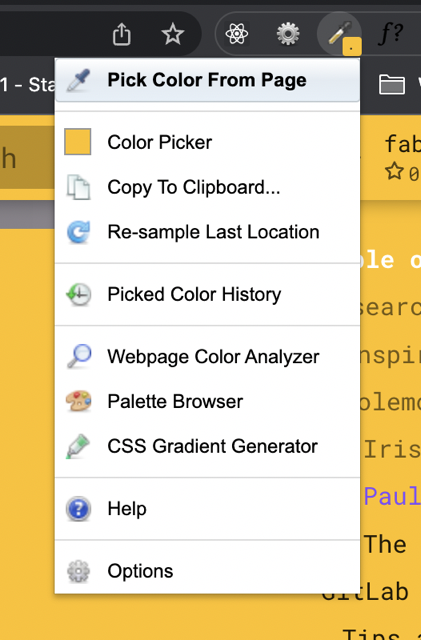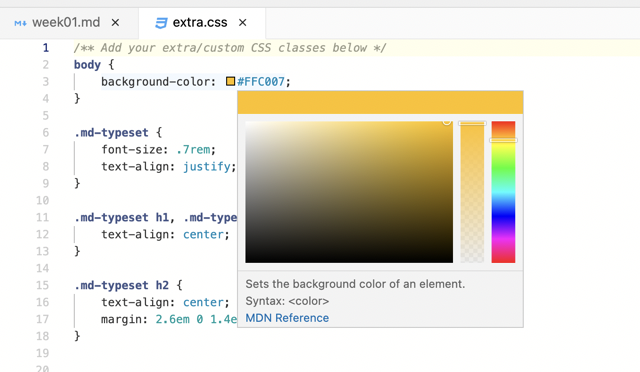1. State of the art, project management and documentation¶
Research & Ideation¶
Inspiration¶
I am highly inspired by new technologies and ideas, that bring us closer to sci-fi futuristic future. Some of the sci-fi movies and books anticipate a distopian society (f.e. cyberpunk), others are more optimistic (such as solarpunk).
What they have in certainly in common is the idea of humans and machines getting closer and closer. The line between humans and machines fades out. For good or bad. I love the idea of using machines as a tool that helps us enhance the abilities we as humans have devoleped through out the years. We already have a several cyborg movements. One of my favourite example is Neil Harbisson a cyborg artist, that uses technology (an antena) to help him with his colorblindness. The antena can detect different vibrations of colours and thouse are then interpeted into a sound.
Rolemodels¶
Iris Van Herpen¶
I absolutely love the work of Iris Van Herpen. She usesed diffent means of technologies, 3D printed fabrics, laser cutting and embrodiery to create the most asthounishing dresses.




I believe that 3D printed dresses are the future of clothing. Using recyclable filaments or filaments made out of degradable materials can help a lot with current situation in fashion.




Pauline Van Dongen¶
Another very inspiring rolemodel of mine is Pauline Van Dongen. Her research on Smart Textiles, Solar fashion and Circular fashion, was one of the reasons I have wanted to join a course like Fabricacademy.


Body Wonders from Pauline van Dongen on Vimeo.
Through years, clothing has changed its role and purpose in the society. I believe we are at right time, to start looking a clothing not only as a means to keep our body warm or showcase our status to society.




Clothing can be used to charge our phones, to help us track information of your body and even communicate the feelings we sometimes are not able to articulate.





Phototrope from Pauline van Dongen on Vimeo.
The Fabricant¶
Speaking about clothes as means of accessories. There is this amazing movement called phygital clothing. Creating digital clothing that might or might not exist in the real world. There is still a little bit of a controversy around the reasoning behind having a virtual clothing, that does not exist in the real world.




I view it as a positive change, that can help with preservation of your dear planet. Our society has always been more inclined to wastefulness. Most of the societies (that can afford it) are having hard time with slow fashion movements for different reasons. Phygital clothes offer a great alternative for people, that take pleasure in fast fashion, without the side effects on nature.




Phygital technologies have a huge impact not only on society but also on creators and designers. Physical clothing and materials must obey to the laws of the physical world, that is a boundary for us creators. In Phygital world, we have comepletely different set of rules that we need to follow, but our possibilities are much broather.
I cannot forget to mention The Fabricant, a studio that focuses on phygital fashion. Their work is absolutely stunning.





GitLab Documentation¶
The first week we were learning ways that will help us in future to document our projects. We were using tools such as Gitlab an Markdown to build our websites. I had fun changing my page. I have done HTML, CSS a JavaScript before, therefore sometimes I have deciced to use hard coding instead of the Markdown. For inspiration, I have looked at projects and websites of alumnies of Fabric Academy.
WEB IDE vs Cloned Repository¶
I have been using WEB IDE instead of cloning my repository to my computer. I prefer it in this case, because I have been using two different computers and don't always want to think about the security codes. To explain the difference between using WEB IDE and cloning your repo to computer: In summary, using a web IDE on GitLab allows you to code directly on the platform without needing local installations, providing convenience and collaborative features. On the other hand, cloning a repository locally gives you greater control over your development environment, the ability to work offline, and potentially improved performance. The choice between these approaches depends on your preferences, however using a WEB IDE might be convenient for the beginners, since cloning your repository to your local computer might require you to do a little bit more work when committing (and pushing you work). And committing work is something I feel we will be doing a lot. What is a commit? Imagine commits as snapshots of your code (your pages) at different points in time. When you make changes to your page, like adding, modifying, or deleting files, you create a commit to save those changes. Each commit has a unique identifier that helps keep track of its contents. The great thing about it is that you no longer need to keep files with different _finals, _finals_finals title, but you can store your changes as you go and revert them as needed. Imagine commit as a fancier save button.
My process¶
So to describe my process of any changes I make on my page. I go to my gitlab page. In case you cannot see the button WEB IDE, I sign up. Click on the WEB IDE. I do some changes on my files, add a comment to understand which change I have made and create a commit to save my changes. I commit directly to main branch, because I don't have a team to collaborate with, that I would maybe need to do my code review first. Sometimes when you are coding on two different pages, then you can accidentaly create a new branch, that neeeds to be merged. It happens a lot, especially if you forget to close your WEB IDE and open a second tab on the browser. Then I usually wait until the the pipeline turns green to check my new changes on the webpage. The upload of all of the changes might take a while, so I usually work on other changes meanwhile and then check the page a little later. You can also check if there is any problem with your upload on the pipeline page.
Tips and tricks¶

Change website background¶
Changing the background of your website is nice and easy. In my docs folder, I opened stylesheets folder and the extra.css. I added this piece of code the file
body {
background-color: #FFC007;
}
The number #FFC007 represent the hexadecimal representation of a colour. There are several tools (f.e. Color Picker) to find the hash code of your colour.
Fortunatelly GitLab itself gives you opportunity to choose your color in the WEB IDE. Copy the code above and click on the amber rectangle on the side of it to change the colour to your desired colour.

In order for my CSS file to wokr I neede to enable my CSS at the mkdocs.yml by deleting the hash at the following code.
extra_css:
- stylesheets/extra.css
Make sure your indentation of your YAML code is correct. If you are not sure, you can always use Yaml Validator.
Emojis¶
I like using emojis in a moderate way. I was excited to see, that it is possible to add emojis to our Gitlab. I have copy pasted my bio from instagram account and copy pasting emojis worked like charm. You can use this site, to find your desired emoji.

Images alignment issues¶
If you are having troubles with alignments of your pictures. It might be because you are trying to align multiple objects. Sometimes it is not quite clear which two objects you would like to align. Alignments gets essentially passed till the next element, so in order for you to be sure, that your pictures align correctly, always use this line of code:

This line of code prevents the upcoming elements to inherit the alignment properties and mess with your content. You can also use this line to decide, which two elements you want to be aligned. For example, at my landing page I wanted to align my GIF and the entire block of text. Usign this piece of code at the end of the text aligns the two blocks properly.